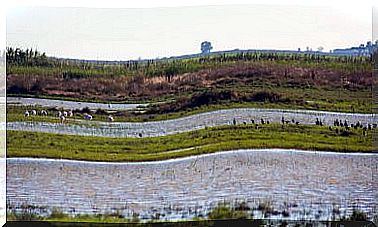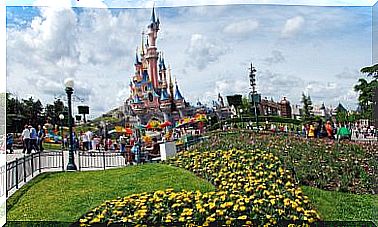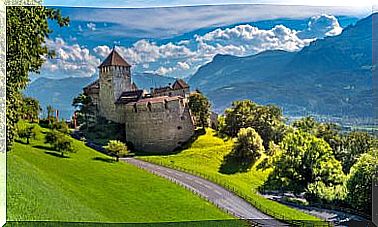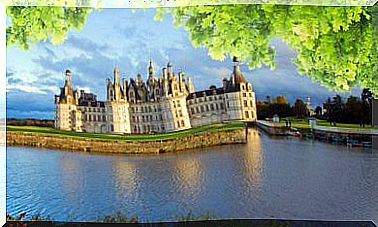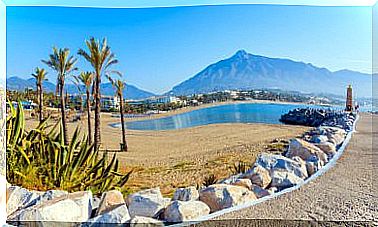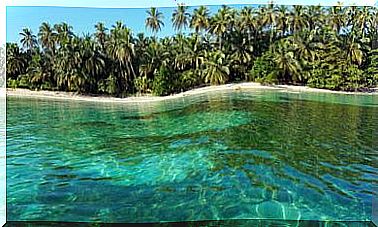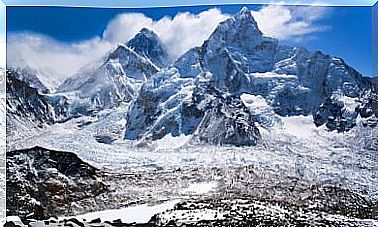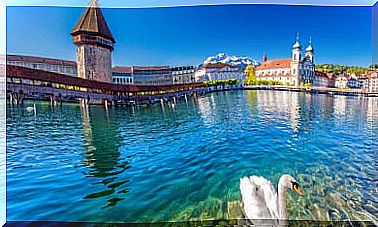History Of Cappadocia, A Unique Place In Turkey
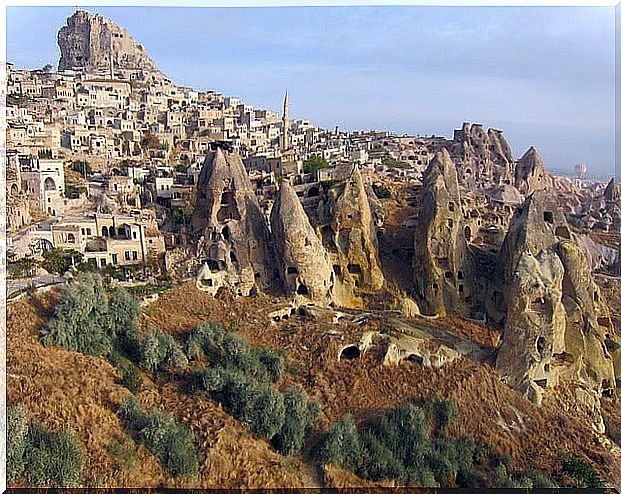
Located in the Central Anatolia region of Turkey, Cappadocia encompasses four provinces and is famous for its geological formations in the form of “chimneys” or “mushrooms”. For this reason, one of the best known activities here is taking a hot air balloon ride. We want to tell you all about the history of Cappadocia , a fascinating place wherever you look.
Cappadocia: millions of years of history
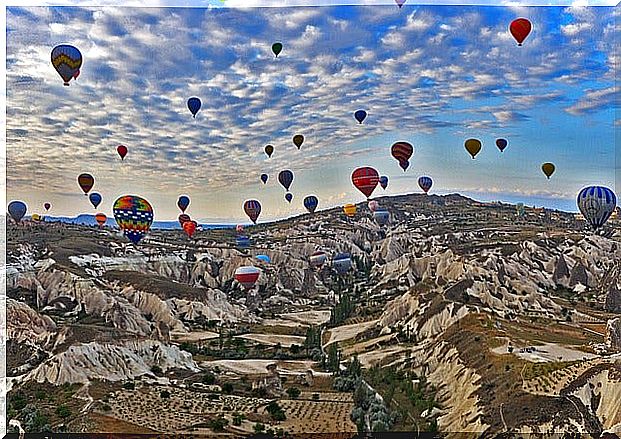
To start talking about the history of this region, without a doubt, we have to travel millions of years in time. The unique landscape that makes Cappadocia unique was formed 60 million years ago with the Taurus mountain range.
This caused depressions and ravines that were filled with magma as a result of the eruptions of the Erciyes, Develi, Keciboyduran, Gollu dagi and Melendiz volcanoes. Little by little, the region became a plateau in which the rains, rivers and winds were sculpting the valleys, those that now attract so much the attention of tourists.
Cappadocia and man
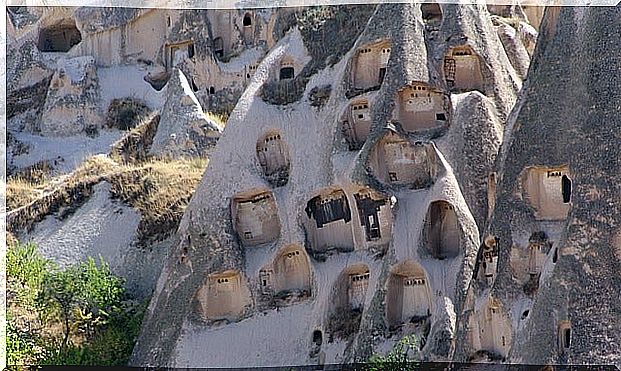
Thousands of years ago there were already settlements in the region. During the years 5000 and 4000 BC there were several independent principalities and the most important city was Puruskhanda. Most united to defeat King Naram Sin.
Due to its geographical location, Cappadocia has been a key point on trade routes and, of course, also for invasions. In the second millennium BC, the Assyrians settled here attracted by the landscape and the wealth. They organized bazaars or karums, where all kinds of products were sold. At that time the Hittites also arrived in the region, who founded several towns and whose empire lasted 7 centuries.
The Persians divided Anatolia into four provinces (each with a different governor), Alexander the Great conquered the area in the 4th century BC. and the Romans appeared on the scene around 100 BC
Some towns built underground cities here (such as Derinkuyu and Kaimakli), where their inhabitants spent months practically without surfacing. They had several levels and had all kinds of “comforts” for the time: stables, cellars, warehouses, private rooms, kitchens, schools, dining rooms, and so on.
Christian and Muslim Cappadocia
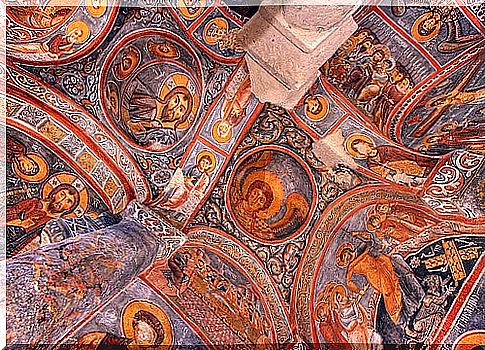
From the 4th century on, the influence of the monasteries of Egypt and Palestine led to the introduction of the Catholic religion in the region, under Roman patronage. The first churches appeared in the 6th century, which were dug out of the rocks and decorated with frescoes.
Being close to the 7 churches of Asia Minor and Antioch (the first Christian community founded by Saint Peter), many Christians chose Cappadocia to settle. Some saints were even born in these lands: San Basilio el Grande, San Mamés, San Gregorio de Nisa or San Gregorio de Nacianzo (the Old and the Young). Without a doubt, the best known is Saint George with the legend of the dragon included.
After the Battle of Manzikert in 1071, the western Turks or Seljuks began a slow conquest of the territory and built many mosques and caravanserais, places where the merchants of the Silk Road could stop to rest and get supplies.
Cappadocia in recent times
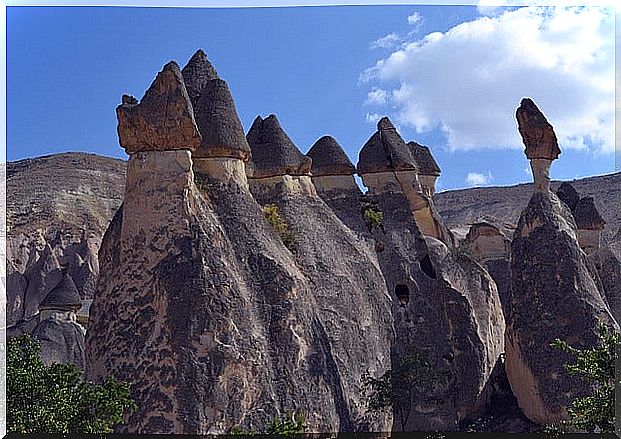
While the area has always been attractive to visitors, tourism did not begin to arrive in this region until the 1930s. The person in charge, in part, was the French priest Guillaume de Jerphanion, who carried out an investigation on the local churches.
Already in the decade of the 70s, the tourist success was such that they had to build new hotels and infrastructures to welcome all visitors. As long as the landscape and nature are respected, the government allows the creation of new buildings and houses.
The region known as Cappadocia includes a diameter of 50 kilometers where various cities and towns are located. Even on many maps we will not find the name “Cappadocia” because it does not have a political demarcation. It is actually an area comprised of portions of the Nevsehir, Kayseri, Aksaray and Nigde provinces.

